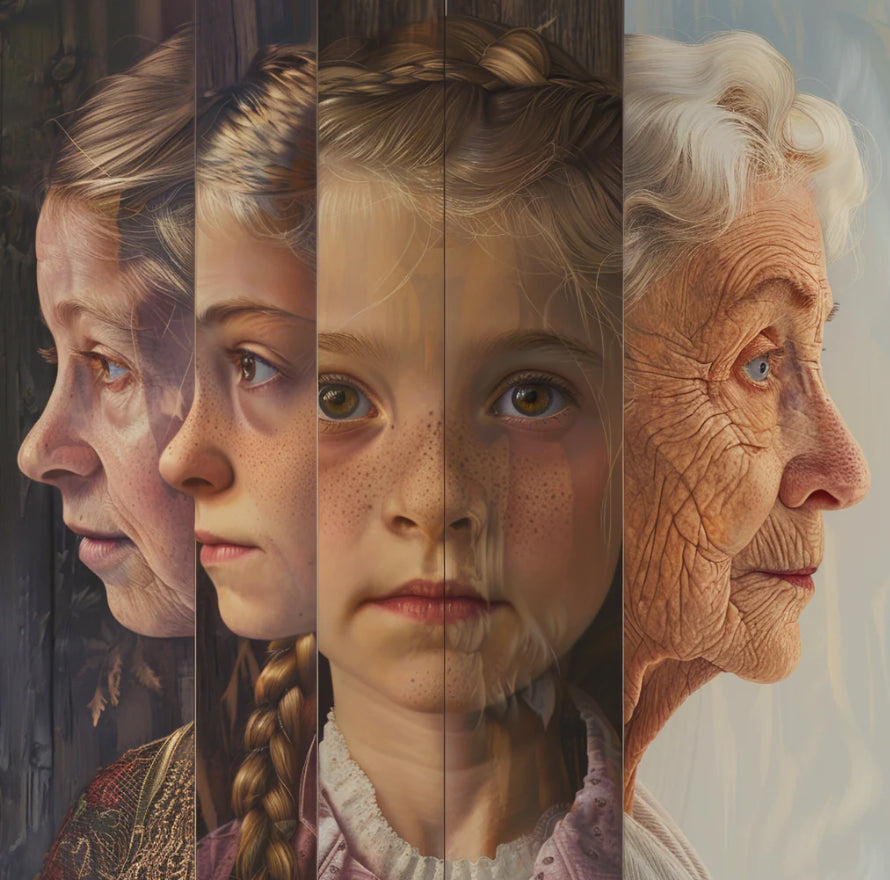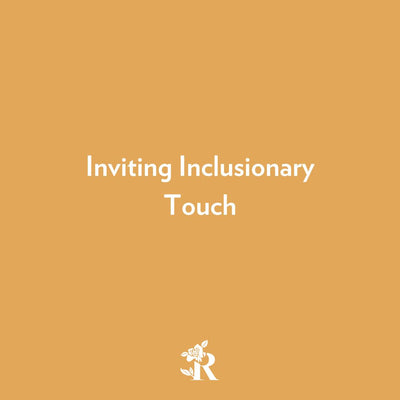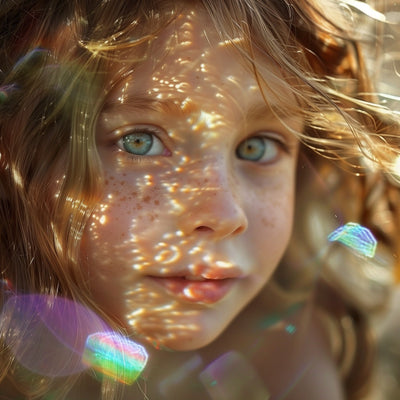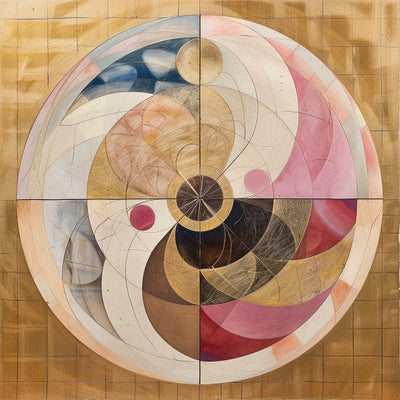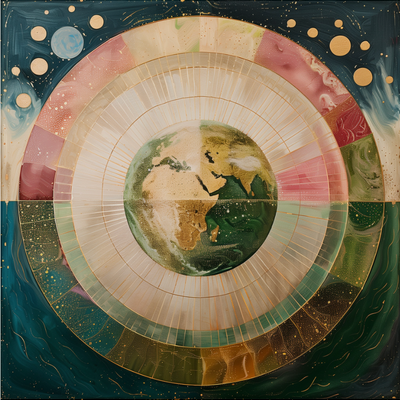This article is part of a weekly series adapted from our latest book, "The 9 Lives of Women," by our founder, Christine Marie Mason. This installment is the third in the series.
Introduction, Part 3: The Continuum of Becoming
We are always moving in gradations from one stage to the next in our lives, never truly standing still.
As older women, we still have the girl child within us; as adults, our very first sexual experiences still live in us; as girls, the imprint of our mothers and grandmothers experiences is in the milk we drink and the air we breathe. When we're not sharing across the life stages, or acknowledging this continuum of becoming, there can also be a sense of isolation.
As we open our hearts to each other, we might extend a hand across the age spectrum, so a 50-year-old woman will know what 13-year-olds today are dealing with as they come of age at this time in history, and 15-year-old girls understand what a 90-year-old woman experiences in her body as part of the natural progression of life in a body.
When it comes to sexuality and life stages, the secrecy, the confusion, the lack of information, and the anxiety can cause some women to put on a mask and hold their feelings alone, especially what are sometimes called "negative" feelings, such as sadness, rejection, and shame.
By encouraging and participating in a richer dialogue across life stages, we all contribute to this new vision for what it might be like to live happy in your body your whole life long, and to creating a world that incorporates biological differences, instead of repressing them.
I'd like to speak now to differences between gendered bodies more specifically.
While women have been progressively gaining control over our reproductive choices, greater civil liberties, and more socio-economic power in the last hundred years, the price to experience economic and civil parity was often to assimilate into male structures. We attempted to neutralize or mask our biology and “be more like men,” an aspirational replication of the existing power models. We did this to fit in and get as far as we have. But that's not needed anymore (or at least as much as it once was!). We are complicit in the attempt to scrub women's biological realities from the pathways to power and recognition. Women are still intertwined with our biology - our hormones change in every stage from early teen menstruation to our fertility prime to menopause and beyond.
Culture has also imposed a narrative that we have bought into and carry around with us. Namely that female biology is something unpredictable and wild, something to be overcome or neutralized, when in fact it is a potent well of strength, intuition, attunement, insight and intelligence.
New feelings and experiences emerge in each new phase and the biological reality we are experiencing. If we don't understand and articulate these experiences, and redefine these stages, we risk trying to override or repress our natural biology.
Rather than repress our biological realities, we are invited to work with them. As we see and understand the science and the narratives of these stages (and the way we're living through them), we can choose how we want to evolve. It does everyone a disservice to deny the beauty in the differences between men and women, or in the non-binary or blended genders, and to deny the genius in all of the stages of our lives.
Tune in and follow us for next week's letter: Intro, Part 4, The Androgynous Soul.

